18 April 2025
Let’s be honest: the whole saving the world thing in RPGs is fun and all, but isn’t the real thrill found in spending hours tweaking sliders, picking hairstyles, and agonizing over whether your character needs a scar? Yup, character customization is the unsung hero of the RPG genre. It’s the feature that lets us transform a bunch of pixels into our heroes—whether they’re fearless warriors, elfin rogues, or, let’s be real, bizarre abominations we dare to call “art.”
But how did we get from a handful of sprites to the endless possibilities we have today? Buckle up, because we’re taking a nostalgia-packed journey through the evolution of character customization in RPGs. Warning: may contain flashbacks to garish 2005 eyebrow options.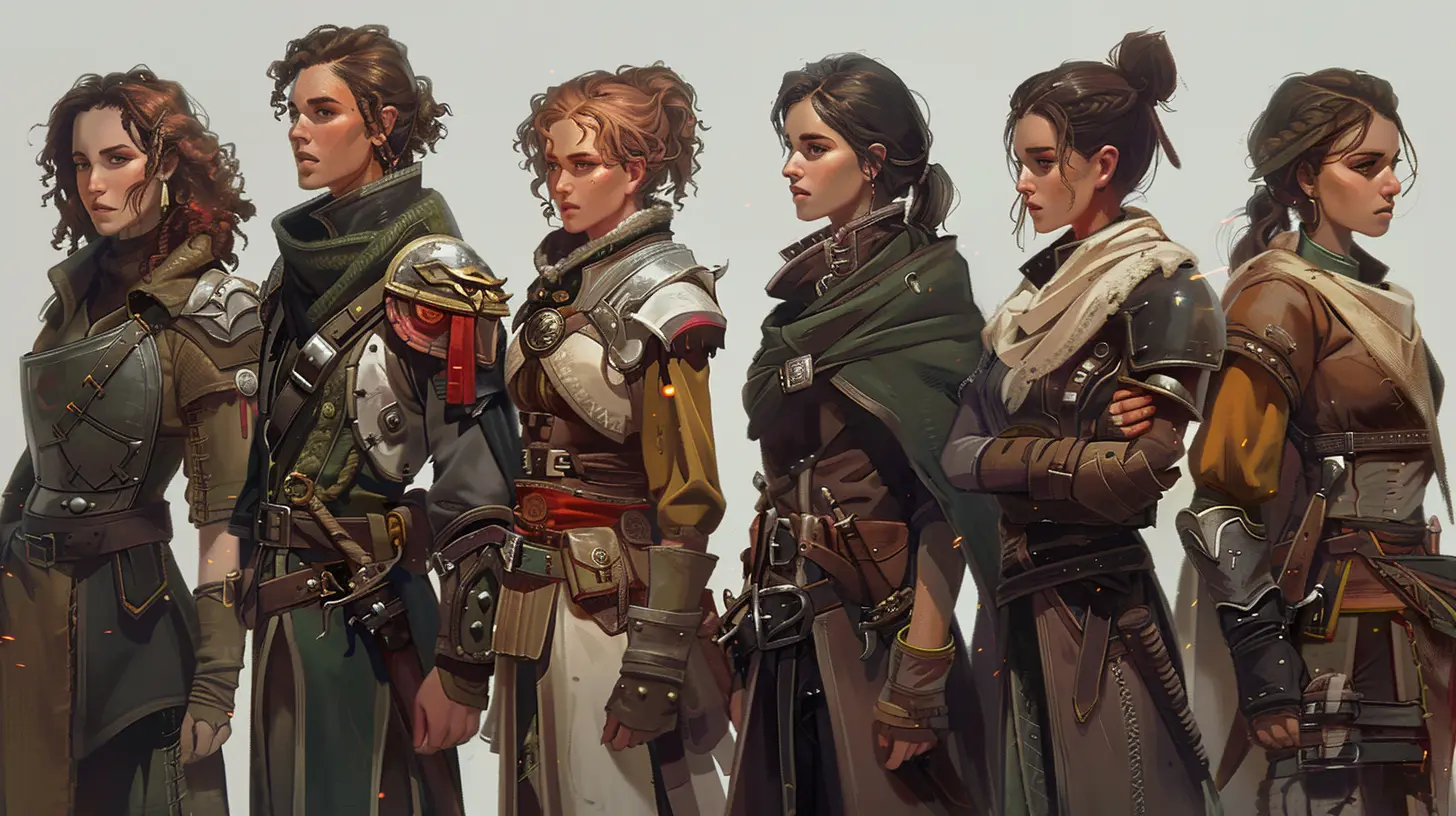
The 8-Bit Beginnings: A Pixelated Identity Crisis
Back in the day, RPGs didn’t care much about your creative input. Seriously, the ‘80s and early ‘90s RPGs were like, “Here’s your dude. Go save the princess or something.” Take "Final Fantasy" (1987) for example. You didn’t pick hairstyles or cool names; you got pixel blobs. Fighter, Thief, White Mage, Black Mage—those were your choices. Everyone played the same characters, and nobody complained because, hey, it was the ‘80s. We were just happy our characters moved.Sure, you could argue “Dragon Quest” allowed players to name their heroes, but let’s not kid ourselves. Slapping your childhood nickname on a faceless block didn’t exactly scream “creative freedom.” It was character customization in its infancy—pure and simple.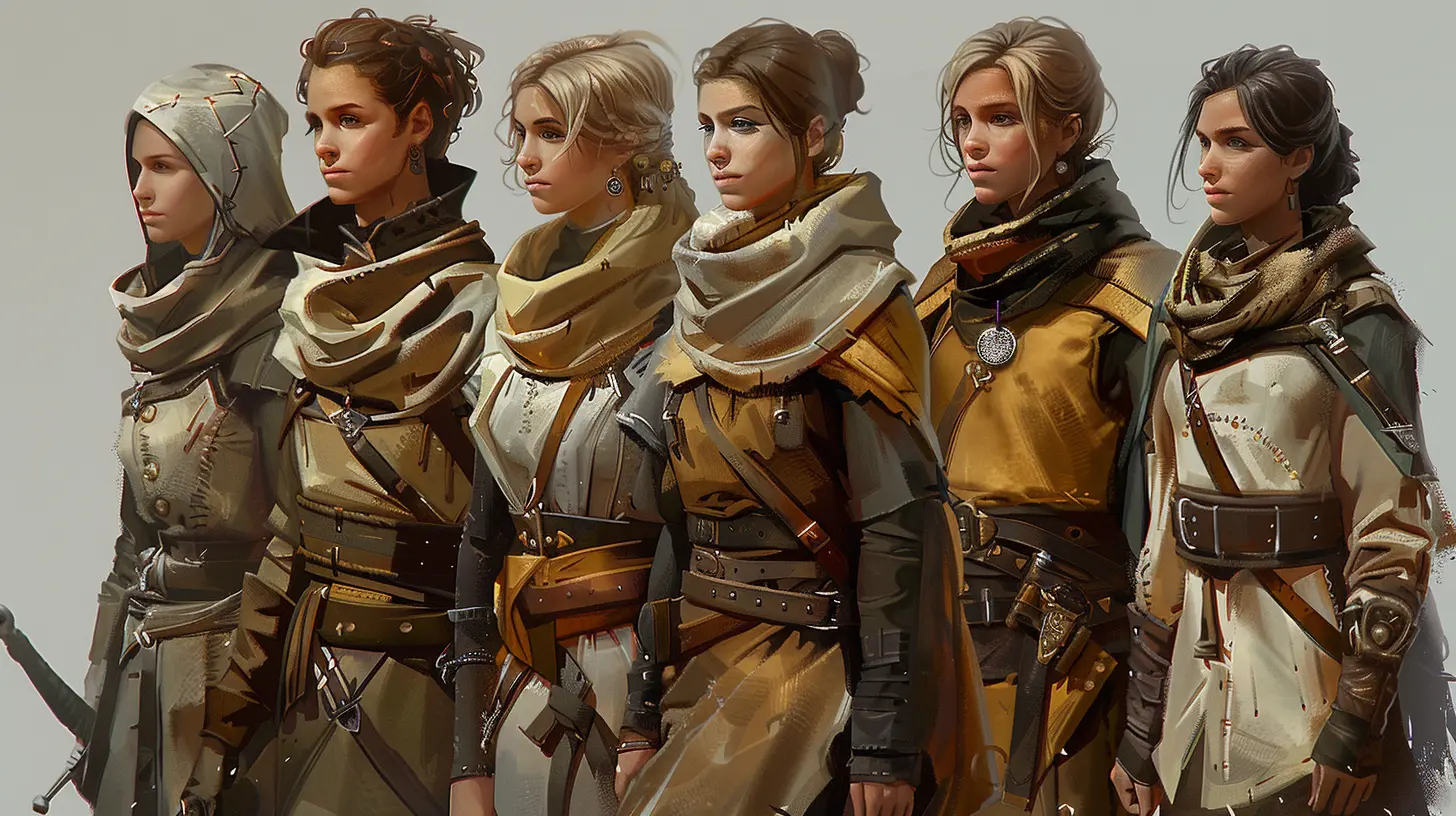
The '90s: Baby Steps Toward Individuality
Ah, the glorious ‘90s! This was the era when RPGs started dabbling in giving players a little more control over their avatars. Games like "Baldur’s Gate" and "Ultima" let you tweak stats, choose classes, and sometimes even pick portraits—fancy, huh? You could tell developers were testing the waters here. They wanted to let players feel unique without giving them too many options (because, let’s face it, they were working with polygons barely resembling human shapes).And then came “The Elder Scrolls: Arena” (1994). Bethesda went full send on character creation, giving players sliders for things like race, gender, and attributes. It was like the RPG gods said, “You know what? Let them have fun.” Sure, the graphics were clunky, but it planted the seeds for what was to come. 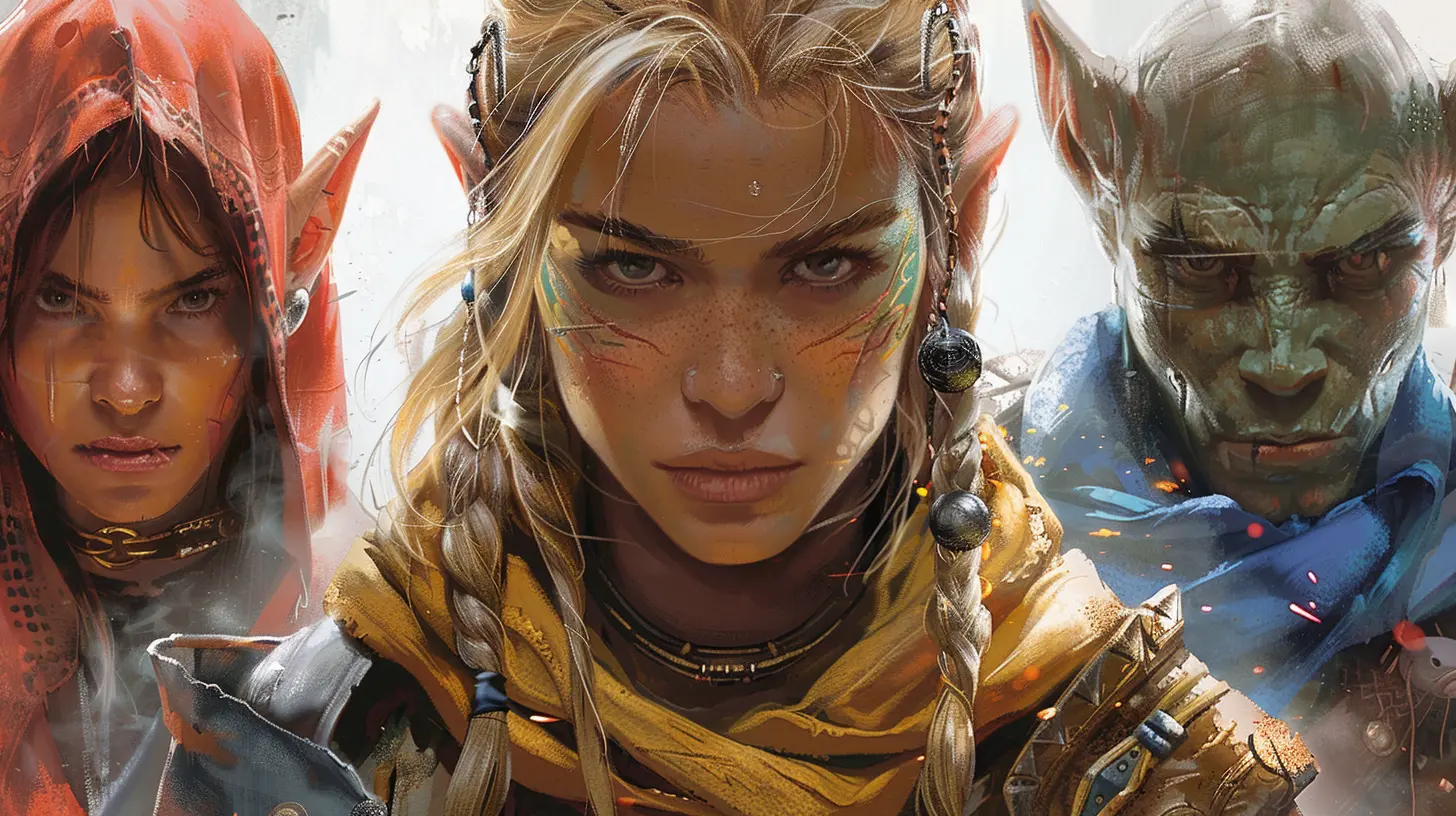
Enter the 3D Revolution: Late ‘90s to Early 2000s
Fast forward to the late ‘90s, and suddenly, 3D graphics were all the rage. This era was like puberty for RPG character customization—awkward, experimental, and sometimes downright weird. Titles like "Neverwinter Nights" and "The Elder Scrolls III: Morrowind" embraced 3D character models, offering way more options than ever before. Want a lizard man? Done. An orc with a unibrow? Why not?But let’s talk about “The Sims” for a second. Technically not an RPG, sure, but its groundbreaking character creation system influenced gaming as a whole. It set a new benchmark: if players could make themselves in the game, they’d be hooked. RPGs took notes, and the race to create the ultimate customization system began.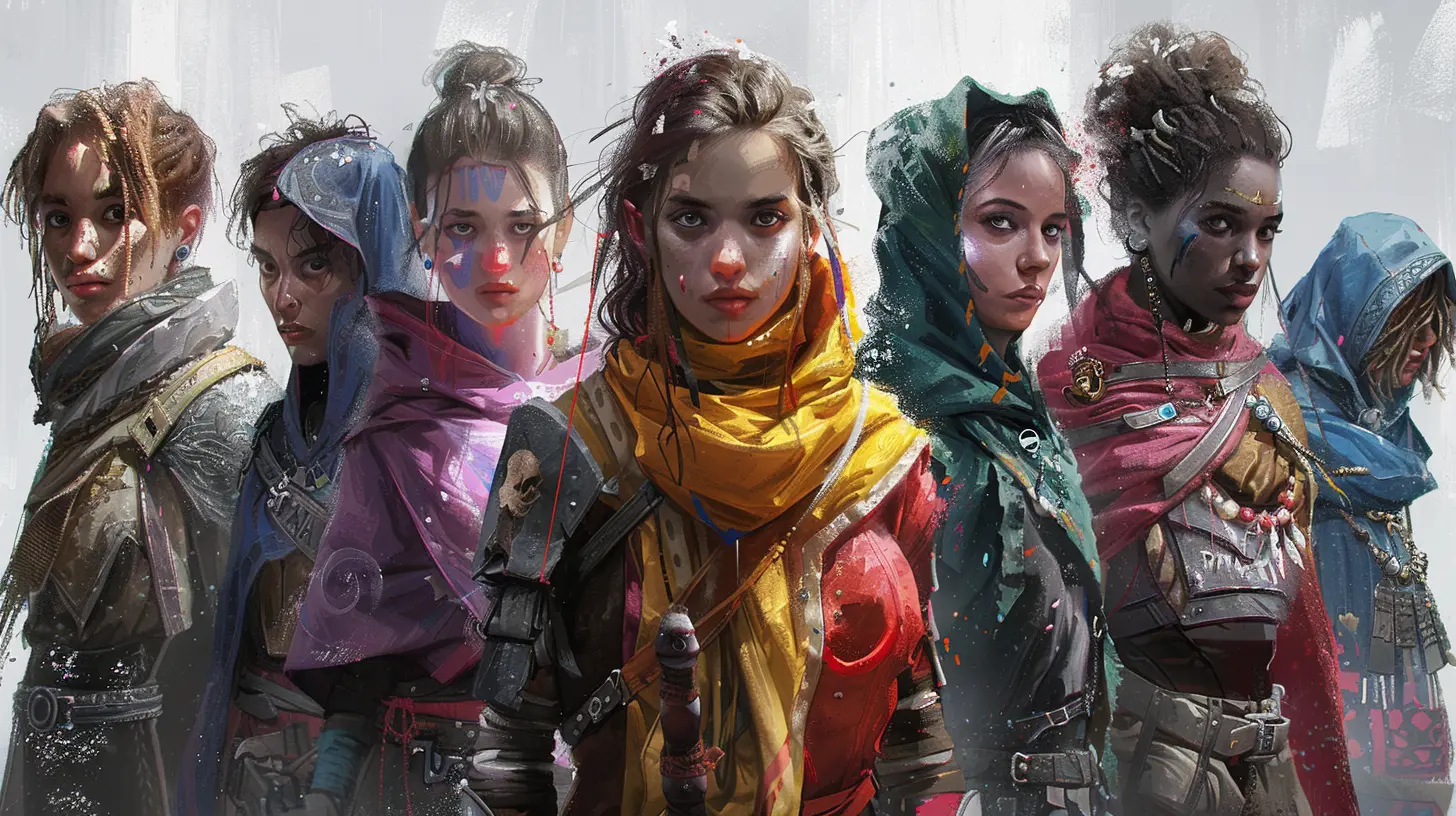
2000s: When Character Customization Got… Weird
Remember "Fable"? The 2004 masterpiece not only let you pick a hairstyle—your appearance changed as you played. Too many pies made you pudgy. Being good gave you a saintly glow. Being evil? You sprouted damn horns. Finally, your choices mattered beyond stats. It was as if Lionhead Studios said, “What if we blur the line between gameplay and character design?”And then you had Bioware’s “Mass Effect” series, where Commander Shepard became whoever you wanted. For the first time, you weren’t stuck with a cookie-cutter hero. You could create a Shepard who looked like a Hollywood star or… a potato (don’t lie, we’ve all seen those faces).
Of course, this era also gave us some janky systems. Who could forget trying to use Bethesda’s face sliders in “Oblivion” (2006)? One wrong move and your elf went from “ethereal beauty” to “cabbage patch doll.” But hey, it was a step in the right direction.
The 2010s: The Golden Age of Customization
By the 2010s, character customization had moved from “neat feature” to “essential selling point.” Games like "The Elder Scrolls V: Skyrim", "Dragon Age: Inquisition", and "Dark Souls" gave players an absurd amount of control. You could adjust everything from nose width to eyebrow height to the exact shade of lipstick. Want to roleplay as a grizzled old warrior? Done. Prefer a neon-haired goth elf? Go for it.And let’s not forget MMORPGs. Titles like "World of Warcraft" upped the ante with transmog systems, allowing you to customize not just your character but their armor as well. “Final Fantasy XIV” even gave us glamours, proving that RPG players didn’t just want to slay dragons—they wanted to slay with style.
But the crown jewel? “The Sims 4” (2014) and its push-pull customization. No sliders—just click, drag, tweak, and done. It was like the IKEA of character design: simple, intuitive, and oddly satisfying.
The Present Day: Where the Limits Don’t Exist
Fast forward to now, and character customization is more powerful than ever. Games like "Cyberpunk 2077" and "Baldur’s Gate 3" are redefining what’s possible. In "Cyberpunk," you can customize… uh, everything. Yup, everything. Meanwhile, "Baldur’s Gate 3" doesn’t just offer appearances; it lets you dive deep into your character’s backstory, personality, and even—brace yourself—romantic preferences.And then there’s the modding community. If a game doesn’t have the exact customization option you want? Modders are like, “Hold my Red Bull.” They’ve turned baseline systems into creative sandboxes. Need cat ears for your “Skyrim” character? Done. Want to add anime eyes to “The Witcher 3”? It’s already out there.
Why Do We Love Character Customization So Much?
So why do we pour hours into creating characters? Why do we obsess over the shade of a pixelated eyebrow? Because it’s personal. RPGs let us step into another world, and character customization makes that world feel like it belongs to us. It’s not just about aesthetics—it’s about connection. When you see your rogue sneak through shadows or your mage casting spells, it hits differently. They’re not just characters; they’re extensions of you.Plus, let’s be real—there’s something oddly therapeutic about tinkering with sliders. It’s like digital meditation.
What’s Next for Character Customization?
Here’s the million-dollar question: where does it go from here? With AI and VR technology advancing, it’s only a matter of time before we’re scanning our own faces into games (or creating fully procedurally-generated characters that look startlingly human). Imagine logging into a game and having an NPC compliment your actual outfit choice that day. Wild, right?But no matter how advanced it gets, one thing’s for sure: character customization will always be about you. Whether you want to create yourself, your dream alter ego, or a fire-breathing lizard person, RPGs will continue to give us the tools to do so.

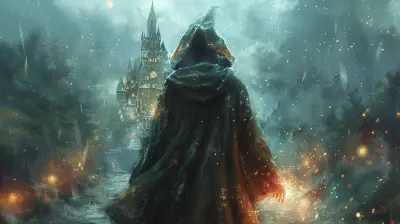


Sonya McQuillen
From pixelated peasants to finely-tuned fashionistas, character customization in RPGs has evolved faster than my ability to choose just one hairstyle!
April 19, 2025 at 3:43 AM